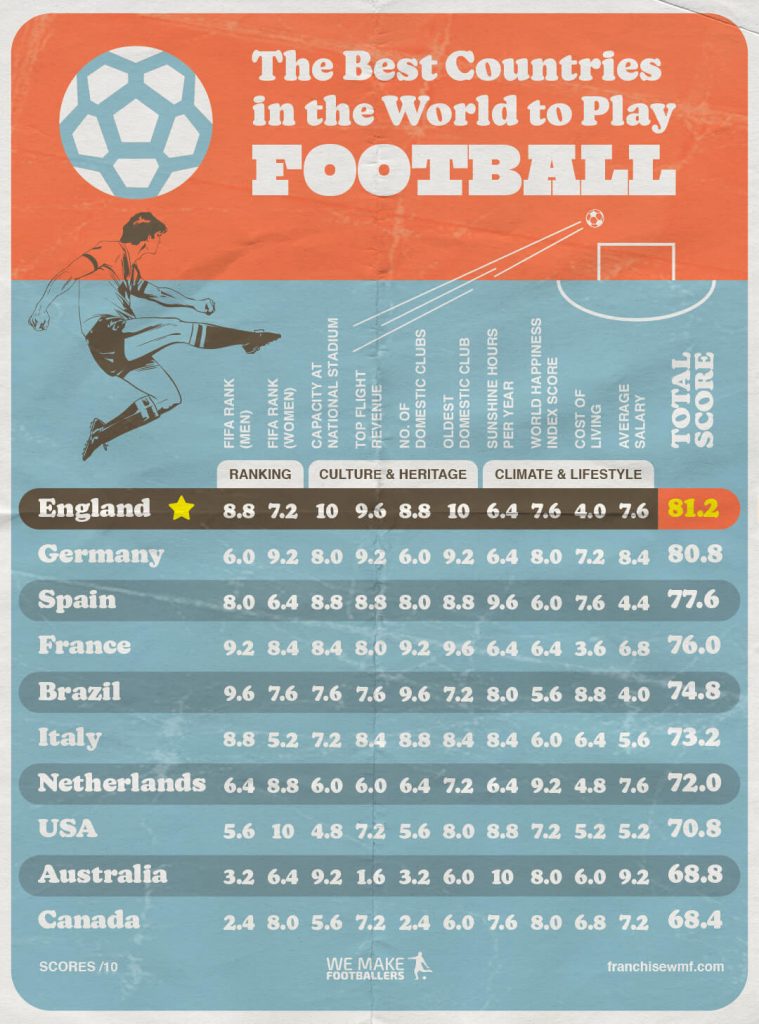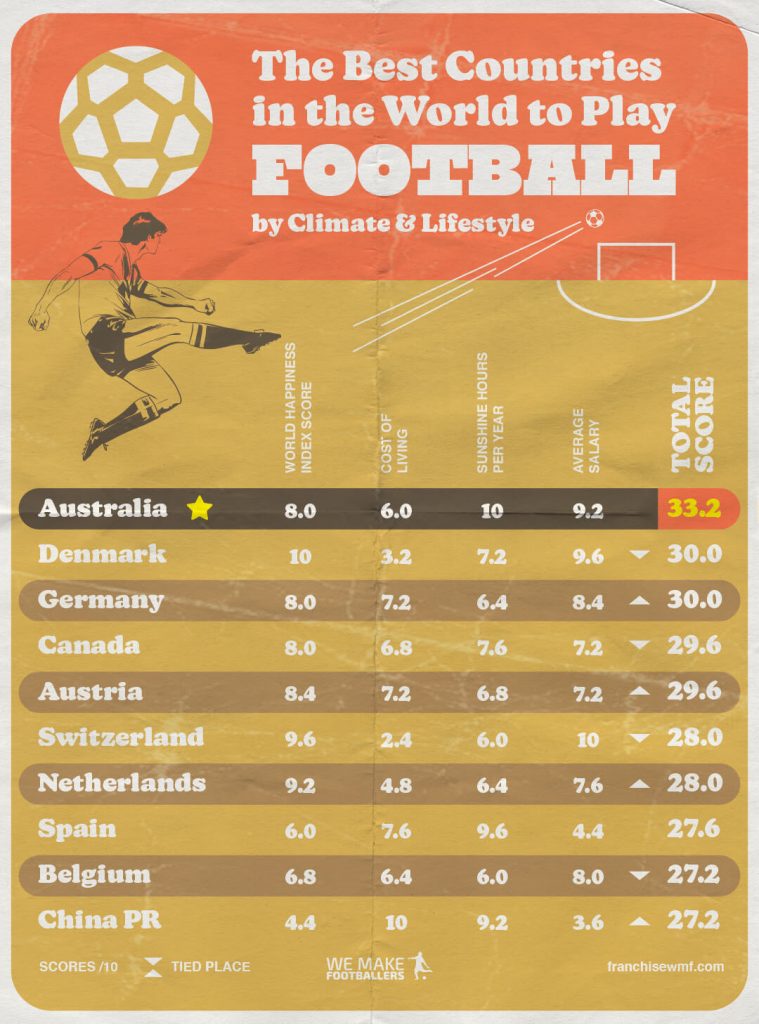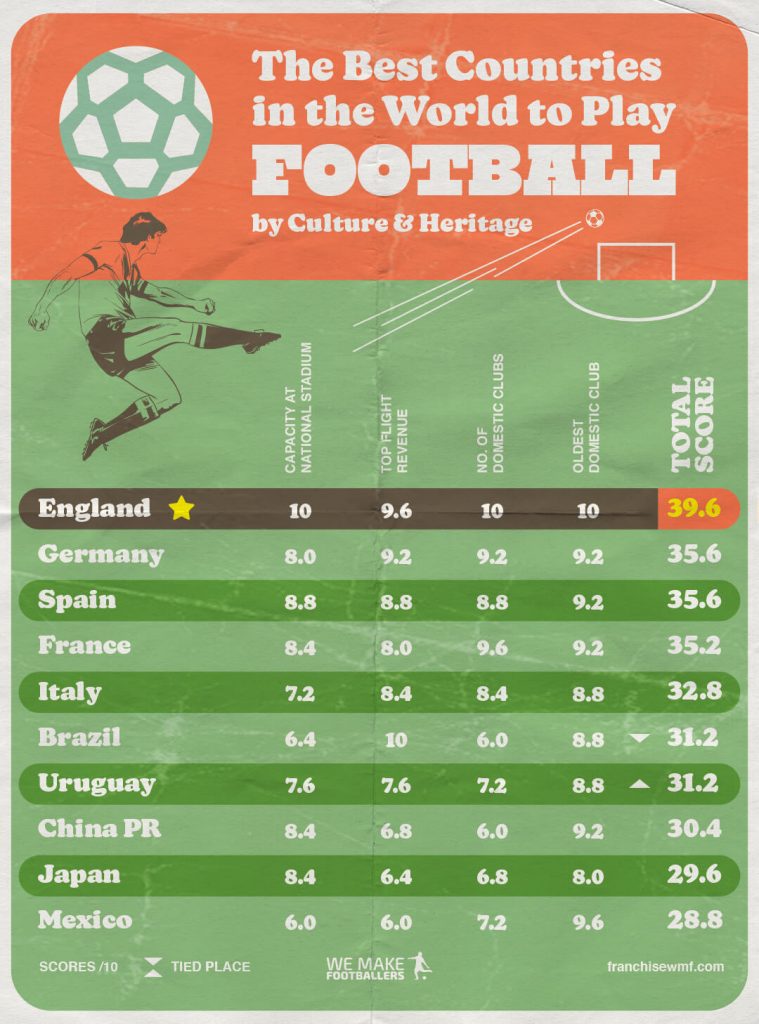Every football coach knows that the key to a good coaching session is planning and organisation. Most of the work that goes into a successful hour of training is done in the days leading up to it. The best coaches will have already completed the session on paper and in their heads before they even set foot on the pitch.
But how do you go about planning a good football coaching session? When you sit down to begin putting practice together, ask yourself the five w’s – What, Who, Where, When and Why – and you will not go far wrong.
What?
The starting point for planning a good football coaching session is what the coach wants their players to achieve during their time with them.
Football coaching is ultimately all about improvements, so then what should always be based on areas that a coach has identified in which their players can be improved, either on an individual level or as a team.
Deciding the focus of the training session comes from observations and analysis of recent practices or games. A coach may have noticed that when their team wins back possession, they are often a little too slow when counter-attacking to take advantage.
Improving their abilities on the counter will therefore increase the chances of scoring goals and winning games. The coach subsequently dedicates that week’s training session to quick, incisive football designed to make their players more capable of exploiting counter-attacking opportunities.
On an individual level, the coach will identify weaknesses in their players’ games and look to work on them. Shooting with a weaker foot, long-range passing or standing up an opponent are all examples of areas in which a coach may feel an individual player can improve.
This then filters into tailored one-on-one practice drills for players. We Make Footballers believe that training individuals in a one-on-one environment accelerate their rate of improvement by focussing more on the needs of each child.
That all stems from the what, making it one of the most important of the five w’s which make up a good football coaching session.
Who?
Once the coach has identified what they want to achieve from their training session, the next area to consider is who is central to this? As they will need to be given relevant roles in drills and practices.
To use the example of improving a team’s counter-attacking abilities again, this is what makes a good football coaching session when the coach would identify that the players who win back possession are vital in terms of starting the counter.
The success of a break-in football comes from how quickly a team can get the ball into a dangerous position to punish opponents before they can reorganise and recover defensively.
In a coaching session designed to improve a team’s counter-attacking ability, ball winners would be coached to get their heads up as soon as possible to pick a forward pass.
This may require the ability to play 20 or 30-yard passes that slice through opponents; a skill that the coach may ask their players to work on individually.
At the other end of the move, the centre forwards who are charged with putting the ball in the back of the net need to have specific finishing abilities.
The breakneck speed that a counterattack needs to succeed often means that the final action is a one-touch finish. Strikers who practice first time finishing will be more likely to put away the opportunity created by a counter.
After identifying the key players in what the coaching session is aiming to achieve, the coach can then work out how to fit the rest of the team around it.
Midfield players or wingers too can benefit from being coached about counter-attacking football as it will require them to improve their speed of thought and their ability to play accurate passes quickly.
Defenders can learn from attempting to stop the counter from being successful, better preparing them for when they face the tactic themselves in a match situation.
Every session put on by We Make Footballers aims to improve every child there. The who identifies exactly which skill or area an individual will focus on, enabling goals to be set for them accordingly.
Where?
Once the aim of the coaching session has been established and the roles of each player in it, the coach should ask themselves where on the pitch is the drill taking place and how can the location be used to improve performance? This then informs the layout of the practice.
Take playing out from the back for example. The coach may have identified that his team are not entirely comfortable passing the ball around the backline.
To improve this, they can take their defensive players and put them into a drill whereby they are tasked with keeping possession between them, whilst being pressed by attackers.
There are then two elements to the wherein this coaching session. The first is where would such an action take place in a game? The answer to that is the defensive third, so the coach runs the drill there whilst explaining how players can use visual signposts like the frame of the goal and the penalty box to judge how much space they have and assess their options.
The second element is by implementing a where that is more difficult than the players would face in a game situation. Once more comfortable playing across the back in the defensive third, the coach can squeeze up the space and ask his players to keep possession inside their box.
Suddenly, the drill becomes more challenging and requires a higher level of skill. Once mastered through coaching and practice, the players will find it even easier playing out from the back in their defensive third a match situation.
The use of space and specific areas of the pitch helps build player technique and knowledge. The where reflects that, allowing the coach to improve individual ability and awareness.
When?
When in a match situation does the coaching session topic tend to occur? Different phases of the game are played out under different conditions and attempting to replicate those in training is important if drills are to be realistic and have an impact in-game situations.
More counter-attacking tends to be done towards the end of games as they become more open. Players might be fine breaking at pace, playing quick and accurate passes when they are fresh at the start of a session.
That though is not reminiscent of the tiredness and fatigue they would feel towards the end of a match. The coach would therefore want them practising under similar conditions, learning how to cope with playing effective counter-attacking football when energy reserves may be depleted.
Timing can also be used to impart a style of play on a team or show players the importance of a particular tactic.
To most, Jurgen Klopp’s gegenpress style which has brought so much success to Liverpool and Borussia Dortmund is characterised by relentless pressing. There is more to it than that though.
One of the most important elements is the way Klopp sides hunt for a second goal immediately after scoring a first. A lot of teams will score and then take their foot off the pedal for a period, either to bask in their glory or focus on “Let’s keep it tight now”, as one of the more frequent Sunday League shouts goes.
Klopp instead wants his side to kill the game off straight away. The intensity rises after the first goal as his players go looking to instantly add to their total, further demoralising opponents who are already reeling from having just conceded.
This style of football can be replicated in training. The coach could run an attack versus defence drill whereby the attack has five minutes to score as many goals as possible.
Five minutes of relentless work to help drill into players that intensity and determination can take a match away from an opponent, even in such a small period. Focussing on the when can be the difference between winning and not winning.
Why?
Finally, the coach should ask themselves why are they doing all this? Whilst it is important for the coach to understand the purpose behind the session, it is even more so that it is communicated to the players.
When a coach explains before a session the areas to be worked on and the purpose of it, players understand what is expected of them. They know why they are working towards a set of objectives and they can analyse their roles and share in the process of improvement.
We Make Footballers view the why as a particularly important component of the coaching process. The best way to fulfilling their commitment to improving every child is by equipping each child with the knowledge of what it is they need to work on and how they can do so.
Players are ultimately responsible for what happens when they step onto the pitch. The coach’s responsibility is to best prepare their players for every eventuality, giving them the tools they need towards having the best possible chance of success.
That starts with a good coaching session. Follow the five w’s in the planning process and you will already be onto a winner.
To find out more about coaching with We Make Footballers and improving the footballing abilities and lives of children in your local area, please see the We Make Footballers franchise website.




